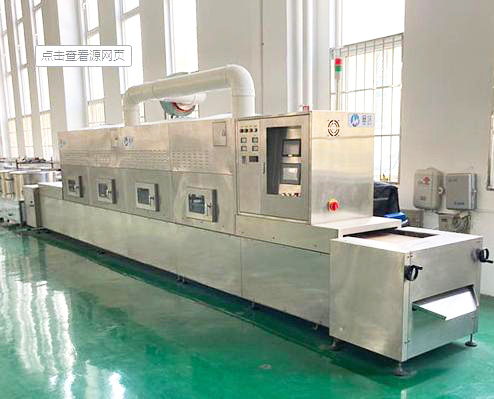
For pasteurization after beer is packed or canned, the tunnel spray sterilization machine is mainly used at present. In the tunnel of the sterilization machine, the beer is slowly transported from one end of the tunnel to the other end. In the process of transportation, several sections of water sprayed at different temperatures are sprayed, so that the beer is heated, insulated and cooled to complete the sterilization process, and finally the sterilization effect is finally achieved. The sterilization process of the sterilization machine generally takes about 1 hour, and it is also the largest equipment in the whole filling production line. Generally speaking, a sterilization machine with a production capacity of 1,000 bottles per hour covers an area of about 3-3.5m2。
According to the number of layers, the sterilization machine is divided into single-layer and double-layer.
There is only one layer of grid bed in the single-layer sterilization machine, and the bottle enters from one end and outputs from the other end. The body of this sterilization machine is short and simple in structure, but it covers a large area. The double-layer sterilization machine is a widely used model at home and abroad. The bottle of this model is divided into upper and lower layers, which are entered from one end and output from the other end. Its body is high and its structure is complex, but it covers a small area and has a large processing capacity.
The modern double-layer tunnel sterilization machine solves the problem of large floor area to a certain extent. It is divided into two types: import and export on the same side and import and export on the opposite side. The former is that the wine bottle passes through the upper layer to the opposite side and then falls to the lower layer, and continues to run to the original inlet side to complete the sterilization process; the latter is that the wine bottle runs to the opposite exit in the upper and lower layers to complete the sterilization process.
The key components of the tunnel spray sterilization machine are: one is the transmission device; the other is the water circulation and spray system.
1. Transmission device
The transmission device is divided into three types: chain belt type, chain network type and step conveyor belt. The first two are continuous operation modes, which are mechanical transmission. Because the chain belt or chain net and bottle wine are constantly heated, insulated and cooled, the heat energy loss is large; the latter is the grid bed for lifting movement, which is a hydraulic transmission. The step distance of the grid bed is small, and the temperature of each component does not change much, so the energy consumption The advantage of the step-by-step transmission mode is that the transmission of bottle wine is stable, and the transmission component is always in the same temperature zone. Compared with the continuous operation mode, this method can avoid the cross-effect of heat and water between different temperature zones.
2. Water spray and circulation
The tunnel sterilization machine is equipped with multiple temperature zones, each of which consists of a water tank, a filtration system, a pump and a spray system. Use their independent water circulation systems to heat and cool the bottle of wine. In order to achieve a large amount of water spray, a nozzle or orifice plate system can be used. The area distribution of the orifice plate system is relatively uniform, the brushing is simple, it is not easy to block, and it is easy to check, so it has been widely used.
In order to reduce the consumption of energy and water during the sterilization process, the relatively hot water in the last temperature zone is pumped to the first temperature zone to spray products with relatively low temperatures. After spraying, the water cooled by the beer is collected into the water tank in the first temperature zone and then re-pumped back to the last temperature zone. In this way, the cooling area circulates heat exchange with the preheating area, which not only makes use of the cold amount of beer, but also uses the heat brought by beer from the sterilization zone. Using the same principle, this energy-saving method is also used in other temperature zones. With this heat recovery system, the heat energy consumption can be reduced by about 50%, saving energy and saving a lot of water at the same time. However, in the high-temperature sterilization area, the hot water in each temperature area circulates independently, and its heat energy comes entirely from the first energy source (steam).
The double-layer vein tunnel mold machine is dark water or sprays water on the two layers. The large amount of water spray has a good effect on maintaining the temperature between the upper and lower layers. With the increase of water, the temperature difference between the upper and lower layers decreases, so as to ensure a uniform temperature distribution of all products on the width of the whole equipment. For the double-layer sterilization machine, in actual production, the unit spray amount should be greater than or equal to 25m.3/(M2·H).
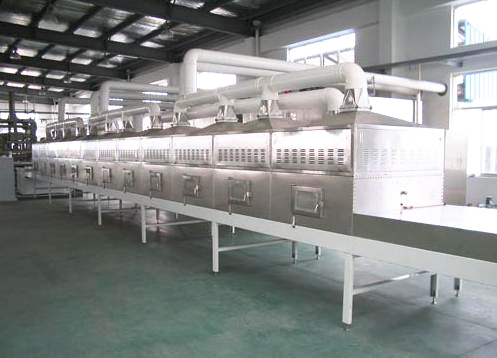
1. Consumption of steam and hot water in the sterilization machine
The energy consumption mainly includes: heating the water tank when starting up; heating the bottle of wine from low temperature to the required sterilization temperature; sterilization machine running at full capacity.
The heat energy consumption when the sterilization machine is working at full load is the maximum steam consumption of the equipment, and the heat source capacity should be configured according to the requirements of the equipment. For a sterilizer of 50,000 bottles per hour (0.5L per bottle), the peak heat consumption is about 2 tons of steam per hour. The above heat energy consumption can be reduced by expanding the recovery process, that is, by increasing the number of treatment temperature zones and reducing the outlet temperature of the container. In this regard, the relationship between the purchase cost of equipment and the export temperature must be considered.
Shell insulation is also often discussed as an energy-saving measure. If the maximum operating temperature of the sterilizer is between 65℃-70℃, shell insulation is meaningless, because the purchase cost of shell insulation is quite high. Only when comprehensive consideration of protection measures, environmental temperature rise and energy conservation is needed can shell insulation be meaningful.
2. The amount of water
The consumption of tap water and process water mainly includes the following aspects: the consumption when the sterilization machine is idle; the consumption when the bottle is vacant; the consumption when the equipment is down; the amount when the equipment is shut down; the amount when the sterilization machine is started.
It can be seen that the equipment should run continuously at full capacity as much as possible to reduce bottle vacancy, downtime and equipment idling time, so as to greatly reduce the amount of tap water and process water consumption. Of course, it will also reduce the consumption of heat energy.
The lower the temperature of the cold water used in the sterilizer, the less water consumption. If the sterilization machine in operation cannot run at full capacity, the amount of cold water is the largest. Because there are not enough bottles of wine to bring in a large amount of cold water, we can only use cold water to cool down.
3. The relationship between product export temperature and energy consumption
Water consumption is also related to the outlet temperature. Take the production line with a production capacity of 50,000 bottles/hour and a bottle specification of 0.5L as an example. Under the same equipment load condition, when the cooling water temperature is 15℃ and the outlet temperature is 35℃, the consumption of cooling water of the equipment is 22m.3/H; If the outlet temperature is raised to 38℃, the amount of cooling water can be reduced by about 5m.3/H. Therefore, cooling water consumption can be reduced by raising the outlet temperature.
The thermal energy recovery effect of the tunnel sterilizer will be affected by the temperature difference between the inlet and outlet of the sterilizer. When the export temperature of the product is 25℃ higher than the imported temperature-At 30℃, the lower the temperature of the product entering the sterilization machine, the smaller the floor area required by the sterilization machine. That is to say, realizing the above temperature difference between import and export can significantly reduce the floor area and equipment cost of the sterilization machine.
During pasteurization, there will be quite a high pressure in the bottle, which comes from the thermal expansion of the beer. Beer inflation will fill it with CO.2The bottleneck space becomes smaller, CO2The compression increases the pressure in the bottle. Of course, only gas can be compressed, but liquid can't. Therefore, this part of CO2It has an important protective effect.
In order to reduce the loss of bottle explosion in the process of pasteurization, the height of beer liquid level must be strictly controlled when filling beer. The empty capacity of the bottle should not be less than 5% of the volume of the bottle, otherwise the bottle will burst due to overpressure.
Generally speaking, the bottle breaking rate of the pasteurization process should be 0.1%.-Less than 0.2%. If this value is exceeded, it should be paid enough attention and immediate measures should be taken.
Generally speaking, tunnel pasteurizers also have certain problems. For example, when the equipment fails or is shut down for other reasons, if the bottles in the machine are not taken out in time, the sterilization unit of the beer may exceed the prescribed requirements. Excessive pasteurization will bring an obvious "pastechry taste" (similar to bread) to beer, greatly reducing the taste quality of beer.
In addition, the tunnel sterilization machine covers a large area and consumes a lot of energy, but it is an indispensable equipment in the production of some products. In order to improve its economy, it is necessary to comprehensively balance the relationship between various parameters such as sterilization unit, sterilization temperature, export temperature and unit spray volume, so as to not only ensure reliable product quality, but also effectively save energy and reduce consumption, so as to minimize equipment costs and operating costs and improve the economic benefits of enterprises.
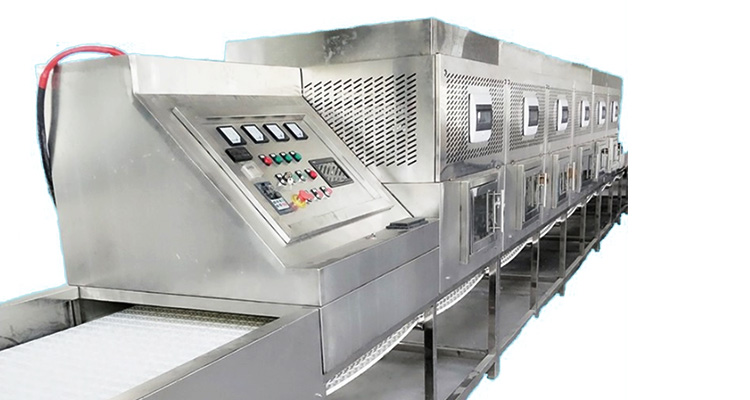
Shandong Zeren Machinery Equipment Co., Ltd. is an equipment manufacturer focusing on biological fermentation industry
Copyright © Shandong Zeren Machinery Equipment Co., Ltd. All Rights Reserved |
Sitemap
| Technical Support:

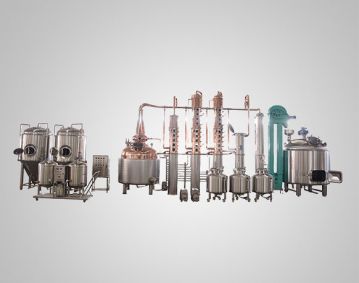 1500L Vodka Distiller
1500L Vodka Distiller
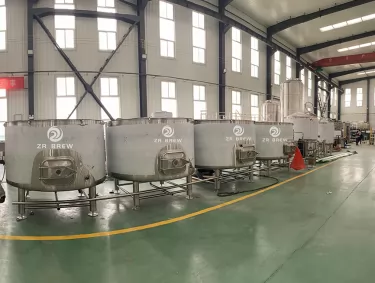 Kambucha Brewing Equipment
Kambucha Brewing Equipment
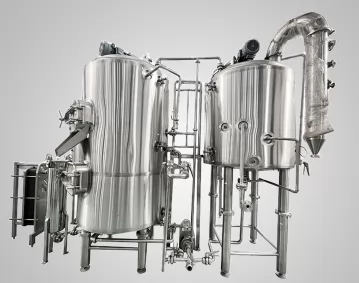 500L Nano Brewing Equipment
500L Nano Brewing Equipment
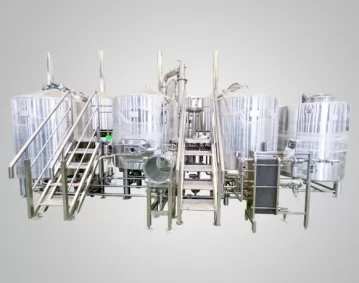 1000l 4 vessels beer brewing equipment system
1000l 4 vessels beer brewing equipment system
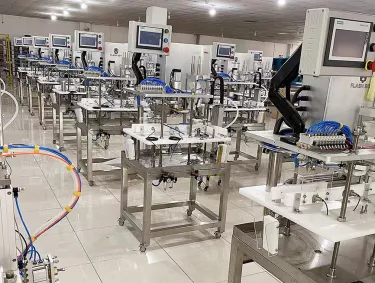 Semi-auto Can Washing & Filling & Capping Machine
Semi-auto Can Washing & Filling & Capping Machine
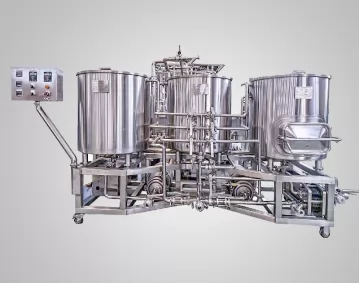 150L home brewery
150L home brewery
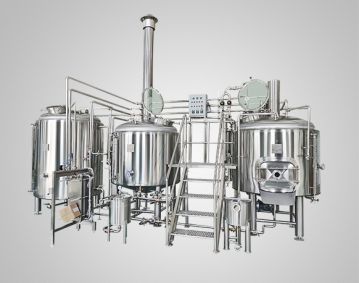 1000L brewery equipment
1000L brewery equipment
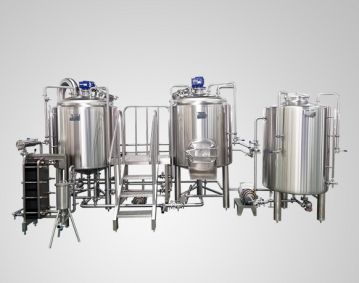 500L Brewery Equipment
500L Brewery Equipment
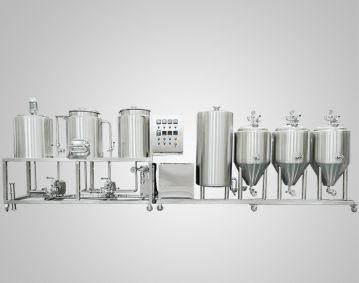 150L home brewing equipment
150L home brewing equipment
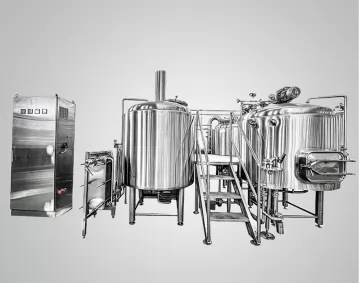 1500L 4 Vessle Brewery Equipment
1500L 4 Vessle Brewery Equipment
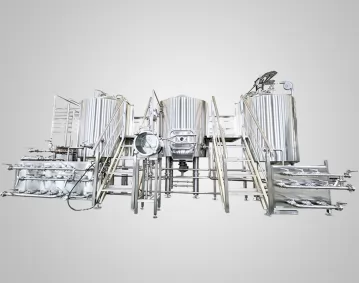 1000L Brewery Equipment
1000L Brewery Equipment
 50L small brewery
50L small brewery
 100L home brewery
100L home brewery
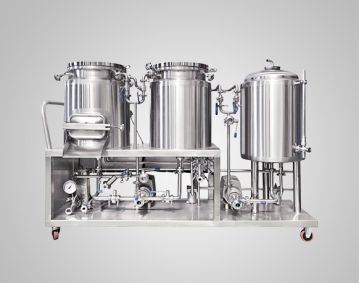 100L home brewing equipment
100L home brewing equipment
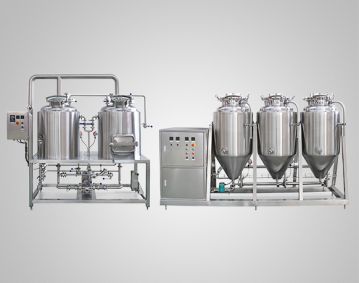 60L home brewing equipment
60L home brewing equipment
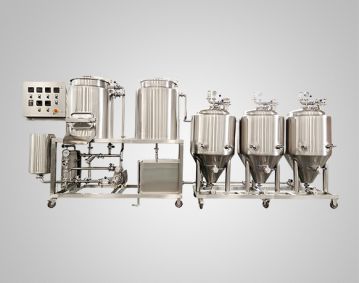 50L/100L home brewing equipment
50L/100L home brewing equipment
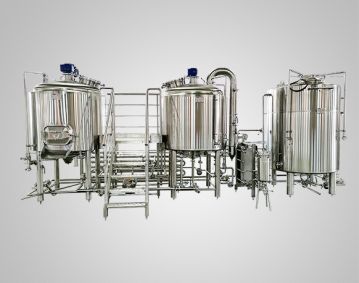 800L Brewery Equipment
800L Brewery Equipment
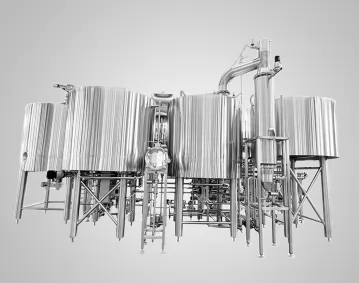 2500L Turnkey Brewery
2500L Turnkey Brewery
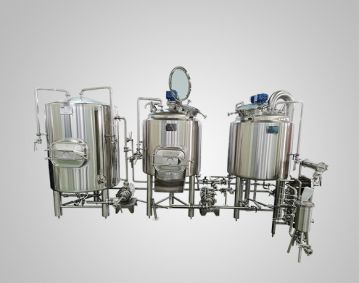 300L brewery equipment
300L brewery equipment
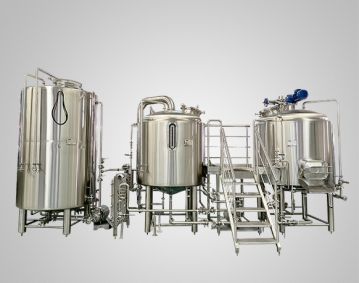 1000L brewery equipment
1000L brewery equipment
 50L home brewing equipment
50L home brewing equipment
